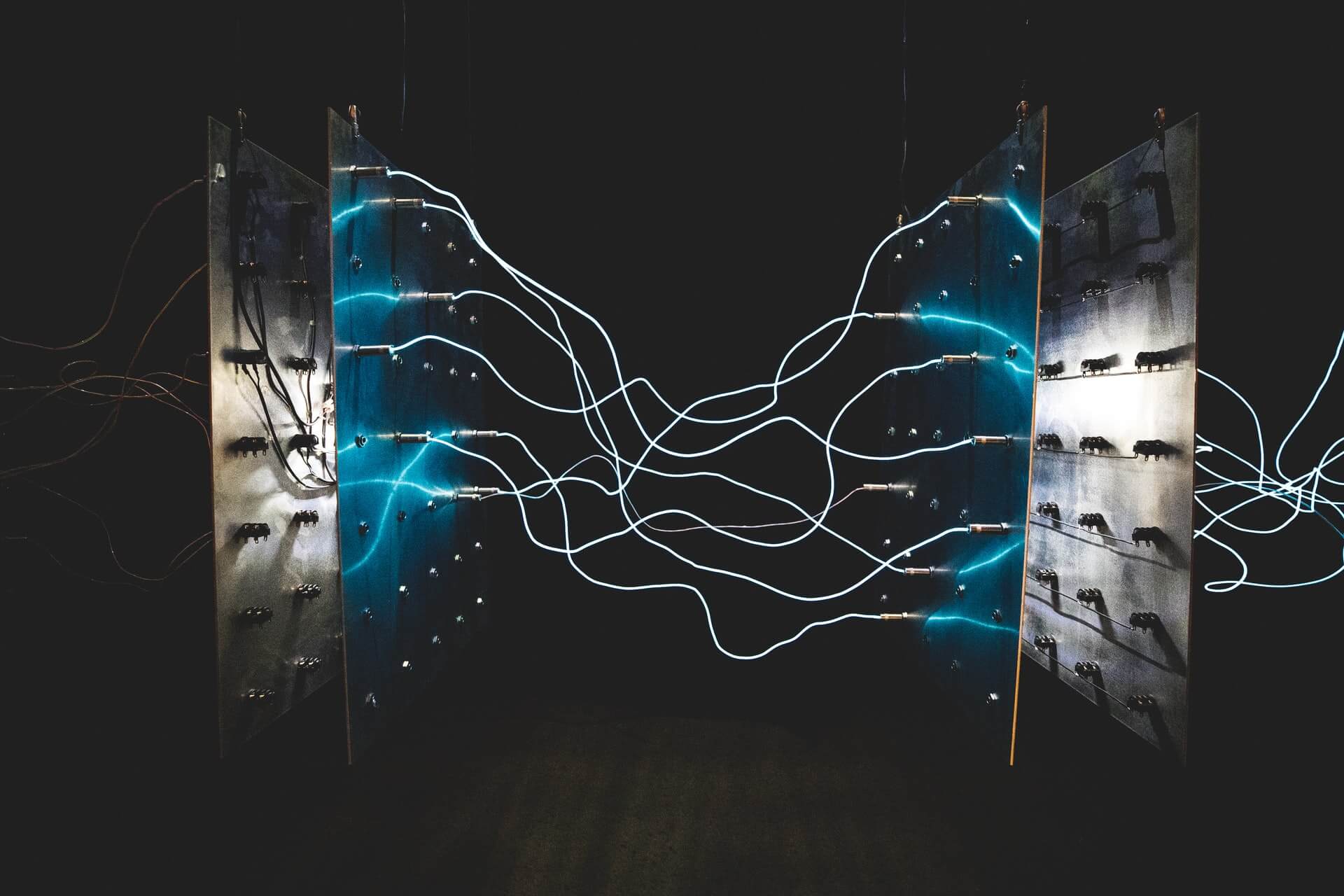“This is not your father’s Oldsmobile,” said the car ad tag line. Well, this is not your father’s electric utility.
The traditional electric utility is a simple ABC construct: The electricity is generated in one place (A) and sent down a wire (B) to the customer (C). In today’s electric world, power is generated from many sources and wires carry the current to and from diverse points, switching in fractions of seconds.
Renewables — wind and solar — are driving the changes in the electric utility industry, but so are new and different demands on the utilities from customers, and new operating environments which include aberrant weather, wildfires, and cyberattacks.
To cope with this more difficult environment utilities are digitizing: They are rapidly becoming connected. “The future utility will be driven by data analytics plus communications,” says Joe Weiss, a leading electric industry consultant in cybersecurity, particularly relating to programmable controllers and transformers.
This future depends on broadband, which can carry vast amounts of data almost instantly, allowing the data to be analyzed and acted on in something close to real-time.
Anterix, a Woodland Park, N.J.-based company, has just announced the formation of an extraordinary collaborative grouping — which it calls an “ecosystem” — of 37 high-tech companies to help the utilities with their broadband transition. This ecosystem includes ABB, Cisco, GE, Ericsson, and Motorola, and is a de facto brain trust which will assist the utilities’ move into the digital future — turning them into what some are already calling “virtual utilities.”
That, to my mind, is an exaggeration. But the value of data and data management is not.
Data is being called the new oil and not without cause. It contains a treasure chest of information which, when unlocked, can reform utility practices, and can help prepare for emergencies.
Arshad Mansoor, president of the Electric Power Research Institute, says data can help the utilities “wring more” out of the existing infrastructure. That is more power from everywhere — from big central stations to dams to wind turbines and solar arrays. Also, data will be the cornerstone of smart city planning.
Anterix, a relatively small but visionary firm, has licenses for a substantial amount of critical 900-megahertz spectrum. It is offering this to the utilities as the platform for private broadband networks. Already two important utilities, Ameren and San Diego Gas & Electric, have signed up. Separately, experimental licenses have been issued for 11 test sites, ranging from the giant and influential New York Power Authority to Texas State University.
The companies in this ecosystem will advise, competitively design, and build out these networks, which will use the current standard LTE (4G) technology.
Every utility CEO I have questioned tells me that what keeps them awake nights is cybersecurity. That worry is heightened after the attacks on SolarWinds and the Colonial Pipeline. Private networks offer secure communications, totally free of other networks and the internet, which is appealing to the utilities as they continue to bolster against cyberattacks.
As for physical protection, Rob Schwartz, president and CEO of Anterix, says with a private network and a full deployment of sensors throughout the utility’s system, if a line breaks, the utility’s control center will know about it before the broken line hits the ground and it can be instantly de-energized, avoiding fires and danger to the public.
Around utilities these days “resilience” is a watchword. Private communications networks can be an important part of resilience, says Schwartz.
It isn’t like it was in dad’s day. We didn’t use the word ecosystem then, let alone apply it to strengthening utilities.

 Follow
Follow
Leave a Reply